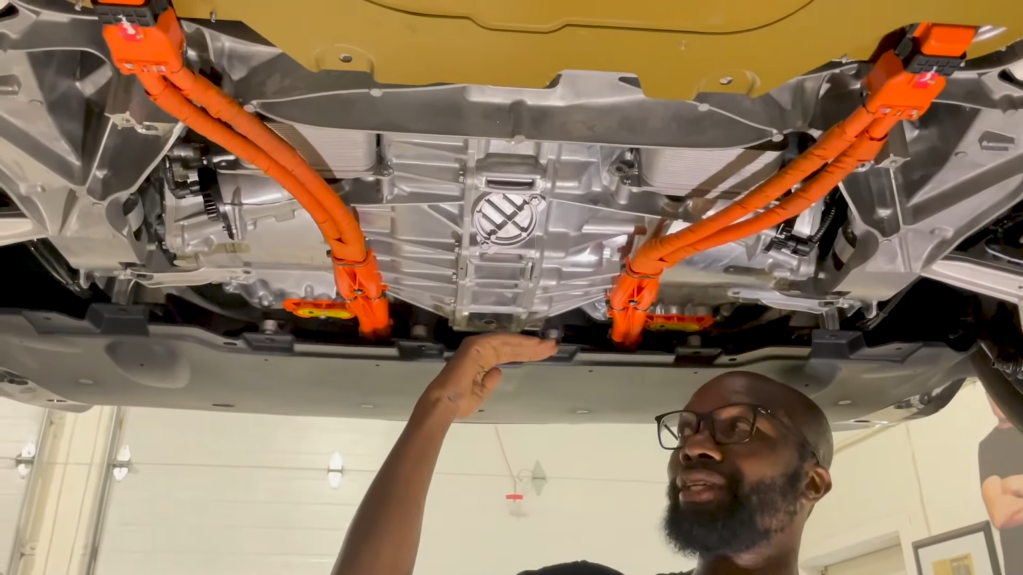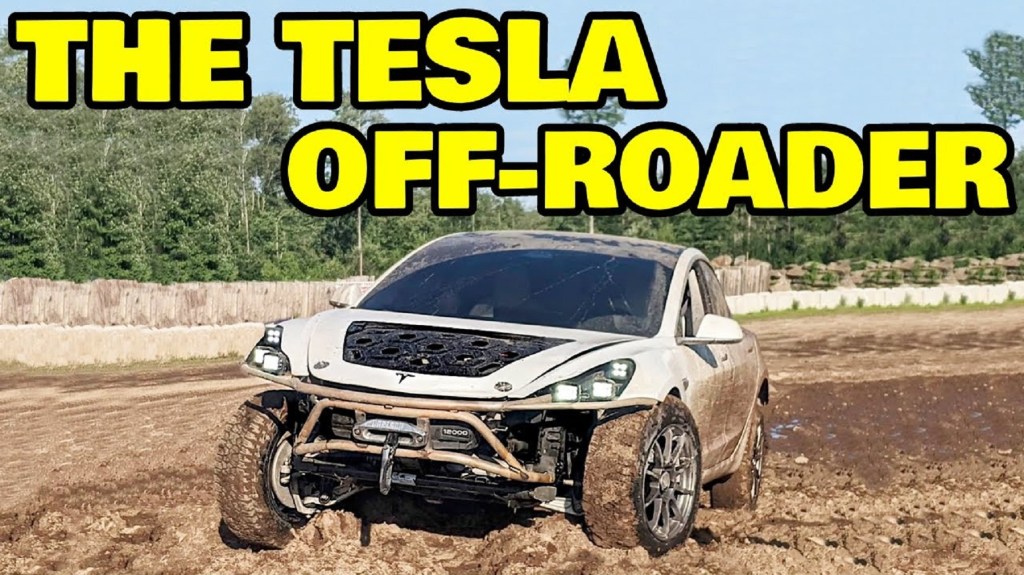Some older Teslas are spontaneously bricking because their embedded flash memory is wearing out, according to three independent Tesla repair professionals who have studied the issue.
The issue is with a flash storage chip called the eMMC that is embedded on a board called the MCU1. According to experts who have studied the problem, Teslas are writing vehicle logs to this flash storage chip so much that it eventually goes bad. The issue has been known in the Tesla community since at least May, when Tesla repair YouTuber Rich Benoit spoke to another Tesla repair professional named Phil Sadow about it in a video.
Videos by VICE
“Tesla’s got a problem. They create so many logs in the car, they write to [the chip] so fast that it basically burns them out. They have a finite amount of writes,” Sadow said in the video. “When this burns out, you wake up to a black screen [in the car’s center console.] There’s nothing there. No climate control. You can generally drive the car, but it won’t charge.”
Sadow suggested that this begins to happen after about four years of driving, though it can vary. Many Tesla owners still haven’t seen the issue, while others have posted on message boards about it happening on a quicker timeline. Tom’s Hardware previously reported on the issue.
Has your Tesla been bricked by this issue? Reach out to the author of this article at jason.koebler@vice.com or on Signal at 347-513-3688
The issue highlights the fact that Tesla is not bound by the same rules when it comes to repair as other auto manufacturers. Tesla is not party to a memorandum of understanding signed by other auto manufacturers in 2014, in which they agreed to sell parts to independent repair shops.
As a result, there are very few independent Tesla repair professionals, acquiring parts to repair Teslas is very difficult, and finding or making aftermarket parts is also difficult. Many parts used by independent repair professionals are salvaged from wrecked Teslas.
“We’re building these parts in the aftermarket because Tesla won’t sell these parts,” Sadow said.
Since making that video in May, Benoit has also seen the memory problem at his own repair shop.
“I see it in the wild,” he told Motherboard. “I own a shop that repairs these cars and the older vehicles are starting to show their signs of age.”
Benoit said he has a cache of replacement boards that he’s obtained from wrecked Teslas “just in case” he decides to start doing these repairs.
“At the moment, we do not provide this service as we would like to form a partnership with Tesla to help them resolve these issues,” he said.
Tesla did not respond to a request for comment, but Tesla CEO Elon Musk tweeted at an independent repair professional named Jason Hughes who said he has dealt with “over a dozen” broken MCU1s in the last month. “It’s literally killing a huge percentage of these units,” Hughes said.
Musk tweeted that the issue “should be much better at this point,” but did not elaborate about what changes—if any—his company had made in recent weeks to fix the issue.




